The layer by layer of excess fat on the back of the head may be related to fat accumulation, loose skin, poor posture, genetic factors, or poor local lymphatic circulation. This type of situation is common in cases where skin elasticity decreases due to long-term lack of exercise, overweight, or aging.
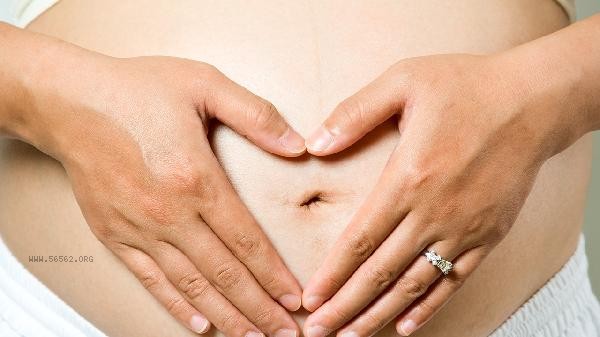
1. Fat Accumulation
Long term excessive calorie intake can lead to systemic fat deposition, and the back of the head is more prone to local fat accumulation due to reduced activity. It is recommended to reduce body fat by controlling calorie intake and increasing aerobic exercise such as brisk walking or swimming. Local massage may help promote blood circulation.
2. Skin laxity
As age increases, the loss of skin collagen can lead to a decrease in elasticity, and the skin at the back of the head may appear layered and wrinkled. Proper supplementation of high-quality protein and vitamin C, combined with neck resistance training, can improve skin firmness. In severe cases, it is necessary to consult a professional medical beauty institution.
3. Poor posture
Long term use of electronic devices or improper sleeping posture can cause neck muscle imbalance, leading to pressure on the skin at the back of the head and the formation of wrinkles. Maintain a neutral position of the spine in daily life, perform neck back movements every hour, and choose a pillow of moderate height during sleep to relieve stress.
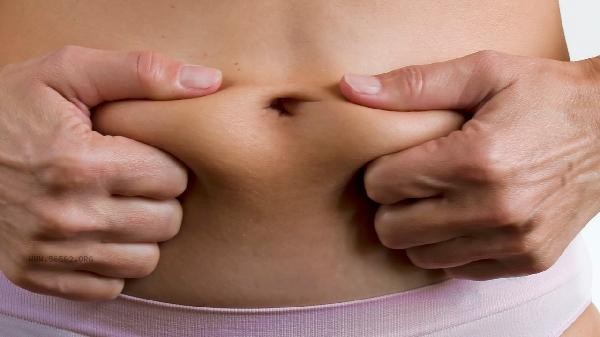
4. Genetic factors
Some populations are more prone to skin layering in the back of the neck due to genetic connective tissue looseness. In such cases, it is necessary to strengthen core muscle training to improve overall metabolism, and if necessary, medical methods such as ultrasonic scalpel can be used to stimulate collagen regeneration.
5. Lymphatic circulation disorders
Long term staying up late or insufficient water intake may affect lymphatic reflux, leading to local edema and excess fat in the back of the brain. Ensure sufficient water intake daily, perform neck lymphatic drainage massage before bedtime, and avoid high salt diet to alleviate symptoms.
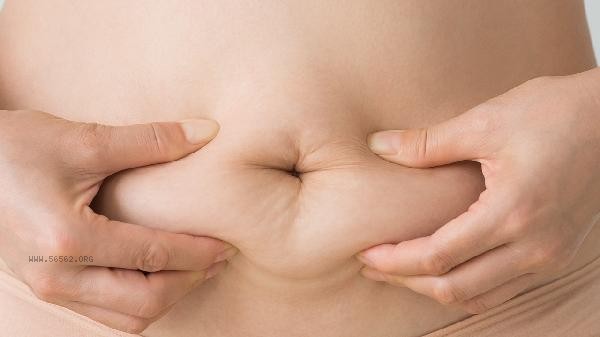
To address the issue of excess fat on the back of the head, it is necessary to combine dietary management with exercise intervention simultaneously. It is recommended to consume an appropriate amount of dietary fiber and high-quality protein daily, reduce the proportion of refined carbohydrates, and engage in more than 3 times a week of whole-body aerobic exercise combined with neck stretching. If there is no improvement after adjusting lifestyle, or accompanied by symptoms such as restricted neck movement and pain, it is necessary to seek medical attention promptly to investigate potential problems such as thyroid disease or cervical spondylosis. Avoid excessive scratching or squeezing of the area during daily care, and choose gentle cleaning products to reduce skin irritation.


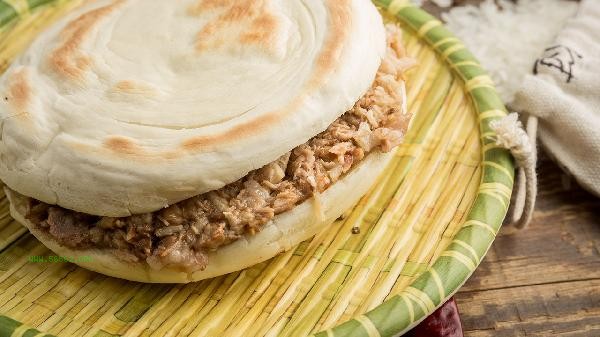
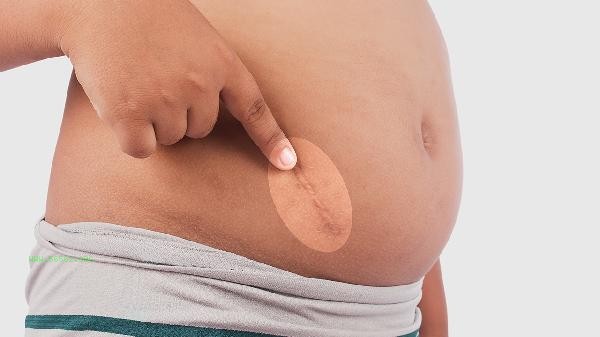
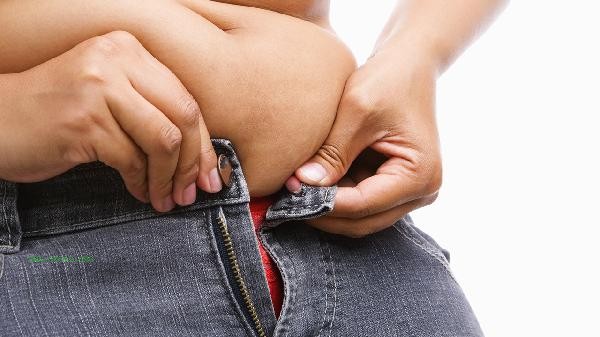
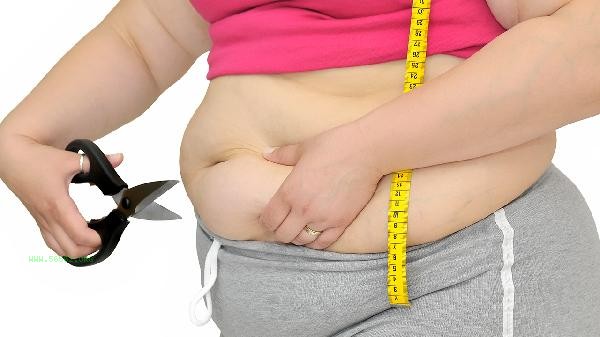


Comments (0)
Leave a Comment
No comments yet
Be the first to share your thoughts!